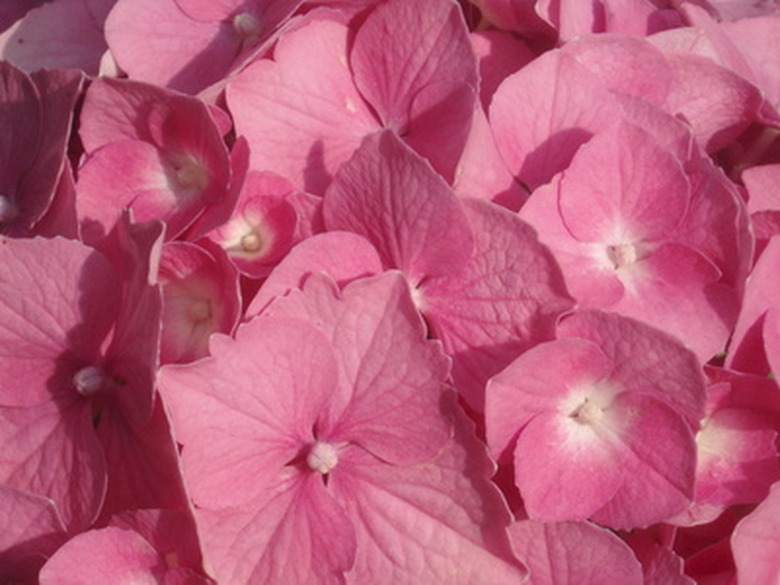Miracid Plant Food For Acid-Loving Plants
Plants have different needs. Some require full sun while others prefer shade. There are plants that do well in drought conditions and plants that need humidity and lots of moisture. Additionally, plant nutritional needs will vary slightly. The amount of each mineral they uptake is dictated in part by the plant's own construction and type of soil. Acid-loving plants tend to have iron deficiency because they cannot process the available iron when grown in alkaline soil. Lowering the pH allows the plant to uptake iron more efficiently.
- Plants have different needs.
- Lowering the pH allows the plant to uptake iron more efficiently.
Soil pH
The condition of soil has a huge effect on nutrition uptake in plants. Acidic soils are those with a lower pH, generally around 4.5 to 6.0 is the range that acid-loving plants need. Alkaline or basic soils have a higher pH. Acidic soils are found in British Columbia and the Pacific Northwest. The American West and Southwest boasts more alkaline soils. Acid-loving plants can be grown in areas with basic soil pH but they require amendment. To raise pH and get a more alkaline soil you need to add lime. Lowering your soil pH and making soil more acidic can be accomplished by adding sulfur or Miracid.
- The condition of soil has a huge effect on nutrition uptake in plants.
- Acidic soils are those with a lower pH, generally around 4.5 to 6.0 is the range that acid-loving plants need.
Foliar Feeding
Foliar feeding is simply feeding through the leaves. It just requires a sprayer and diluted Miracid solution. The leaves are drenched in the solution and it penetrates the outside of the leaves, enters the vascular system and can disperse the nutrients throughout the plant. Foliar feeding gets the nutrients to enter the plant very quickly, but it should be considered supplemental to regular feeding.
Root Feeding
The job of a plant's roots is to provide anchorage and to process and pull in nutrition and water. They are specialized organs that are most efficient at intake and storage. Root feeding is the optimal way to feed your plants. It just requires a hose and diffusion sprayer to soak diluted Miracid around the base of the plant. Miracid should be diluted 1 tbsp. per gallon for outdoor plants.The solution penetrates soil and goes straight to the roots where it can be sent throughout the plant or be stored in the roots for future use.
- Foliar feeding is simply feeding through the leaves.
- Foliar feeding gets the nutrients to enter the plant very quickly, but it should be considered supplemental to regular feeding.
Time Frame
As a general rule the acid-loving plants should be fertilized in fall. Fall fertilizing with Miracid prepares a plant for winter, encourages root growth and nutrient storage for spring. The acid lovers also benefit from regular fertilizing during the growth cycle. They can be fertilized every seven to 14 days from April to November to promote vigorous growth and iron uptake.
Acid Lovers
Many of our common landscape plants are acid lovers. Heavy bloomers like camellia, hydrangea, rhododendrons and azaleas all like soil with a lower pH. Some of our favorite fruits like strawberries, blueberries, grapes and raspberries produce best in acidic soil. Evergreen trees and shrubs like holly, firs and hemlocks enjoy the lower pH. Regular application of Miracid will lower pH in soils and help plants like these and others avoid the damage caused by chlorosis or iron deficiency.
- As a general rule the acid-loving plants should be fertilized in fall.
- Evergreen trees and shrubs like holly, firs and hemlocks enjoy the lower pH.
- Regular application of Miracid will lower pH in soils and help plants like these and others avoid the damage caused by chlorosis or iron deficiency.
